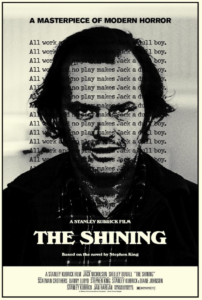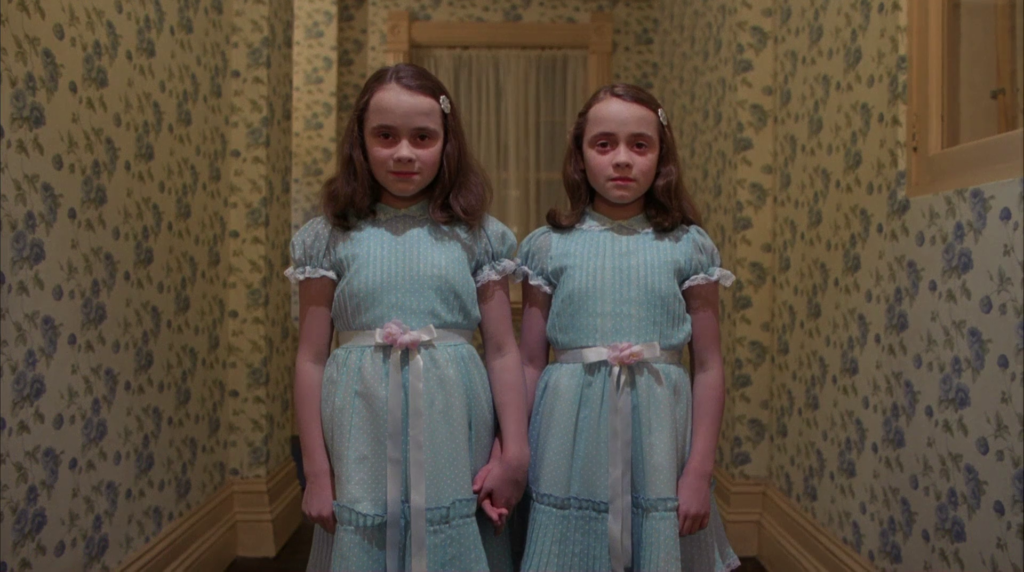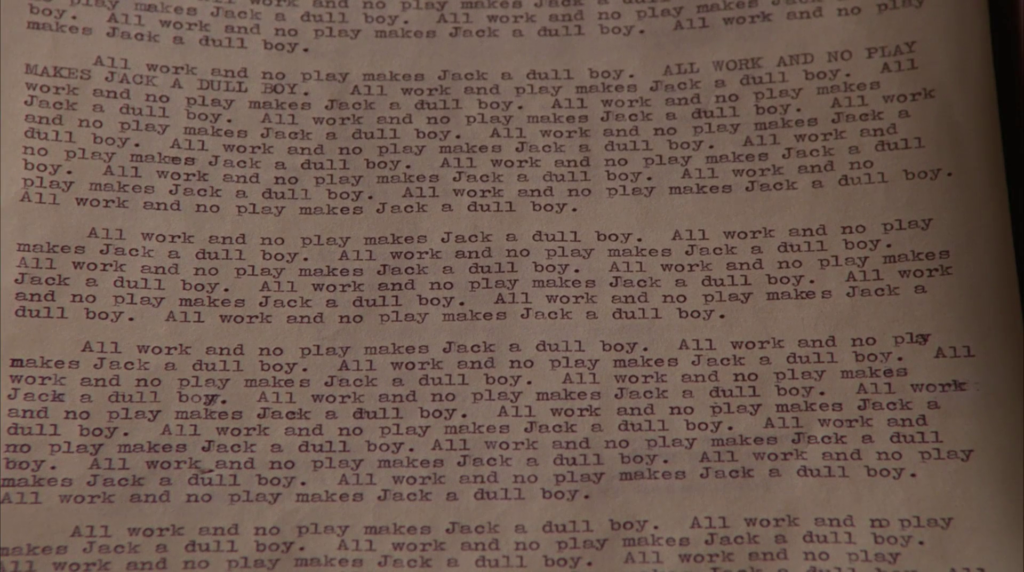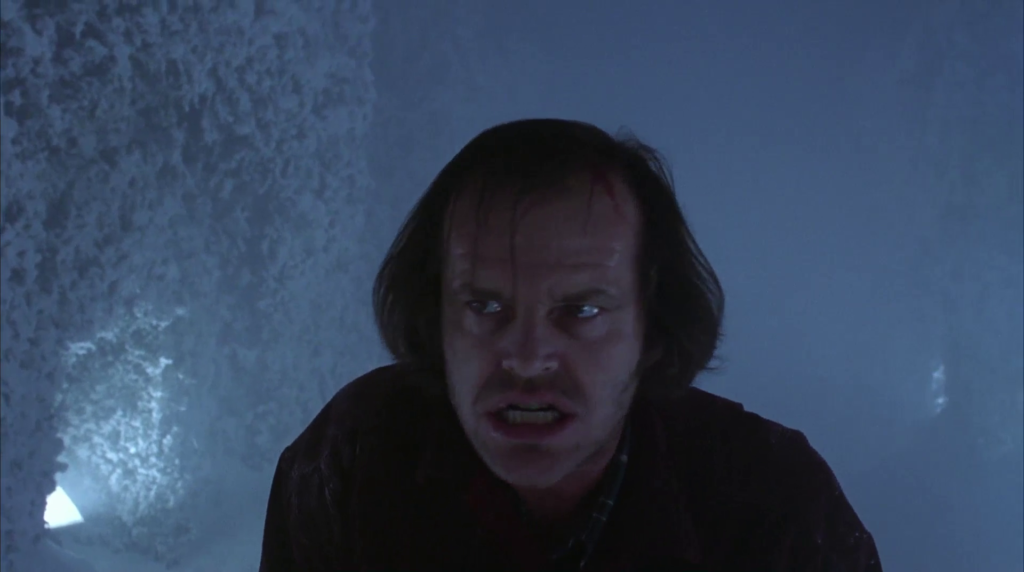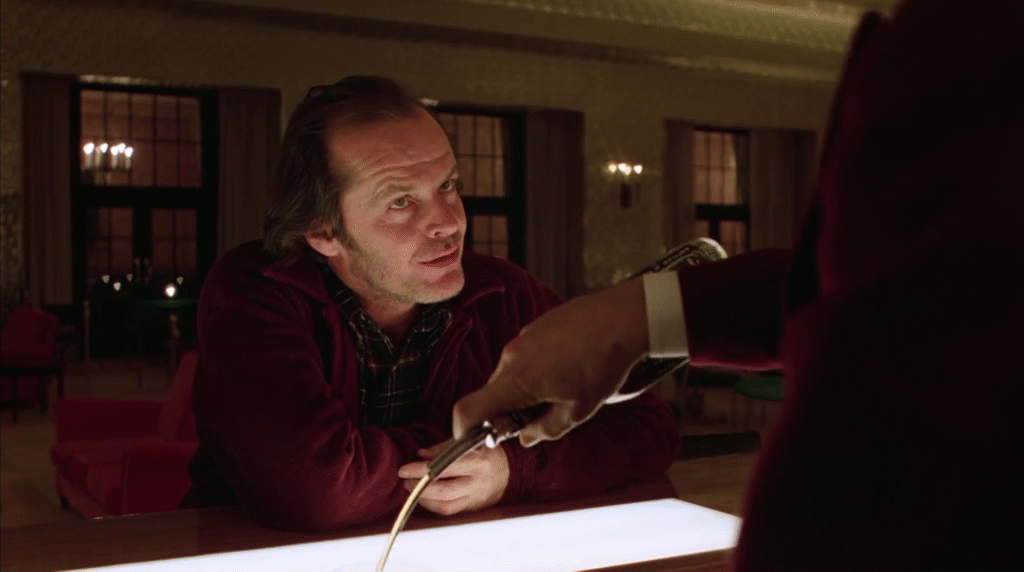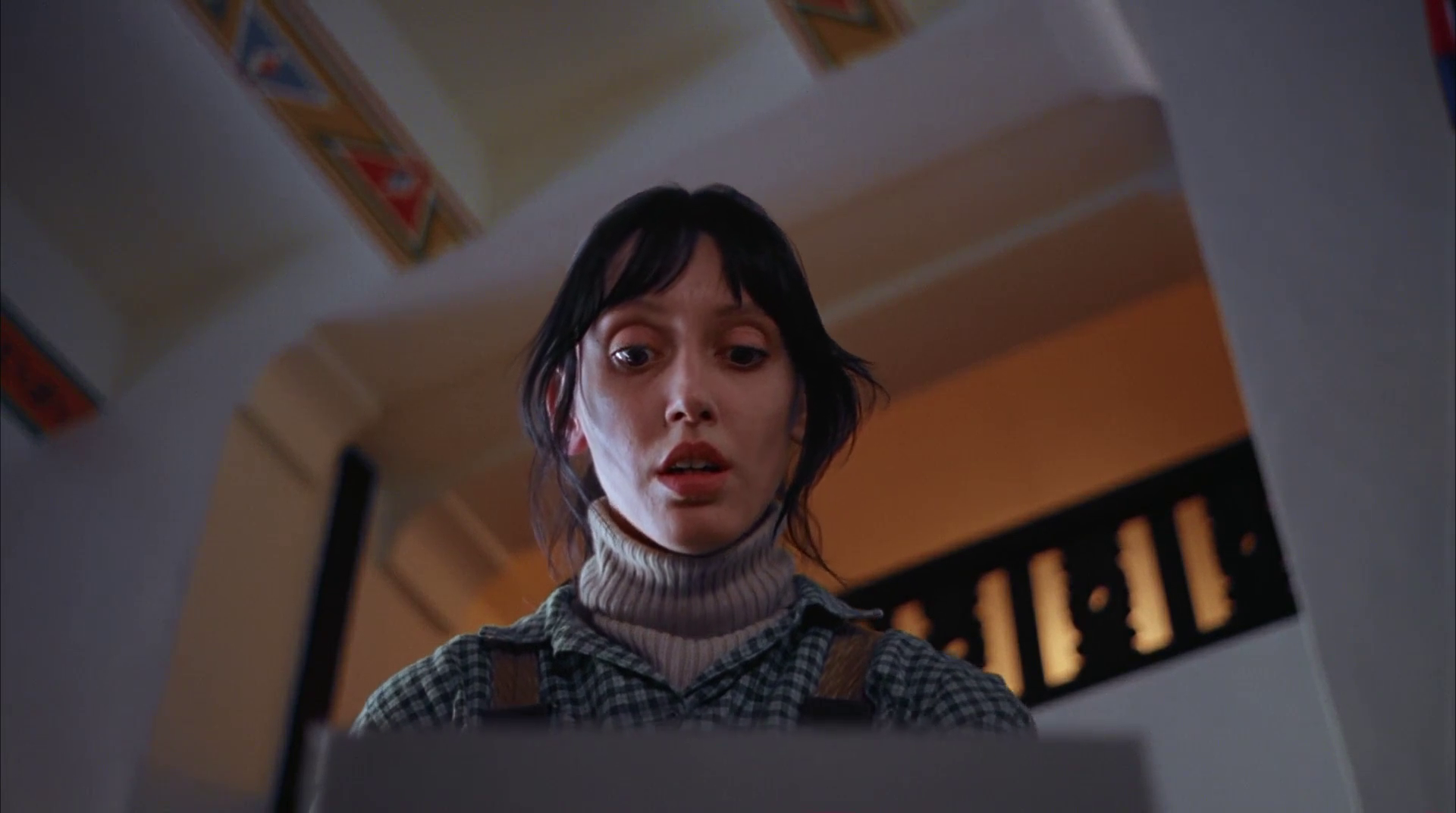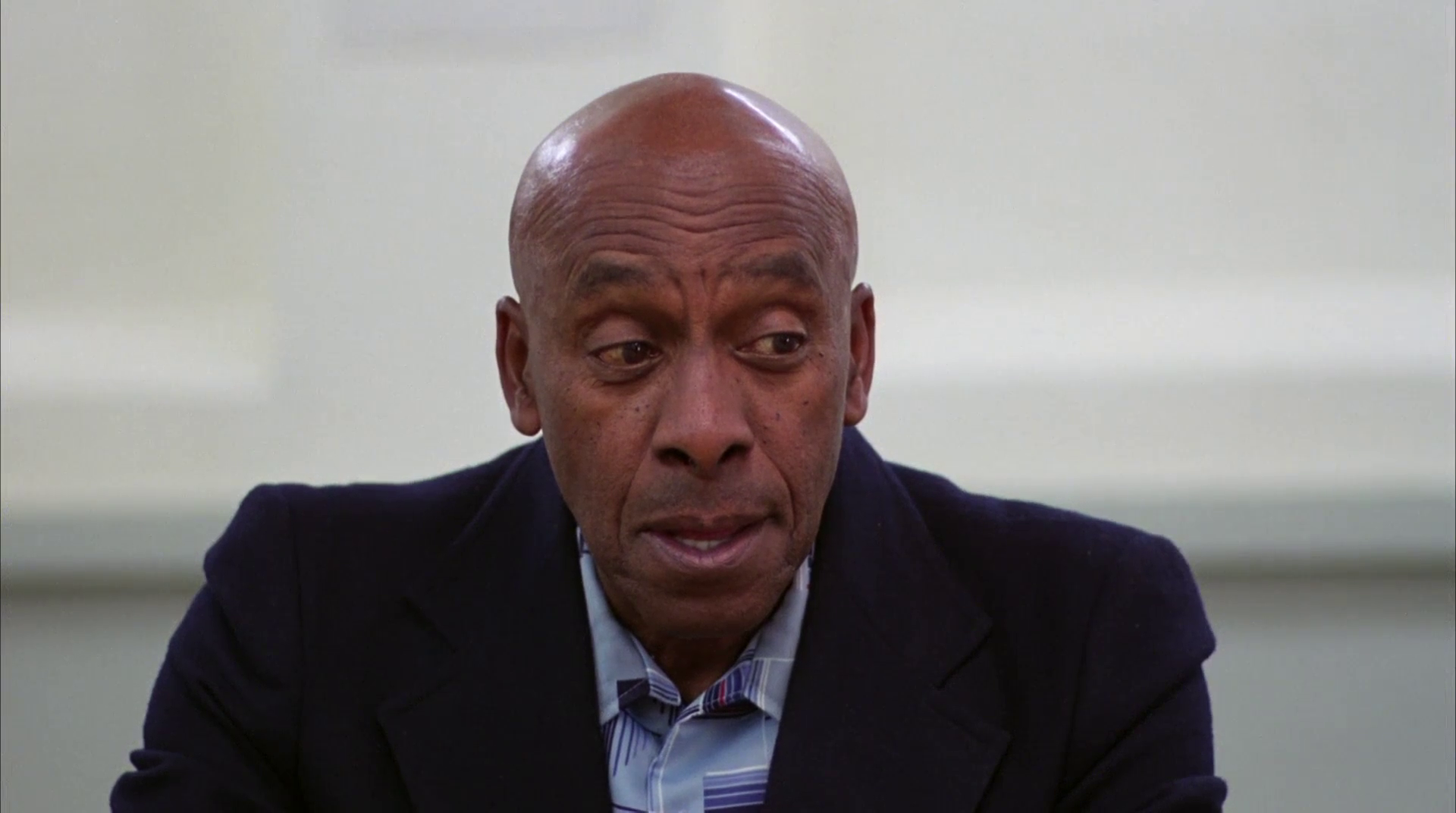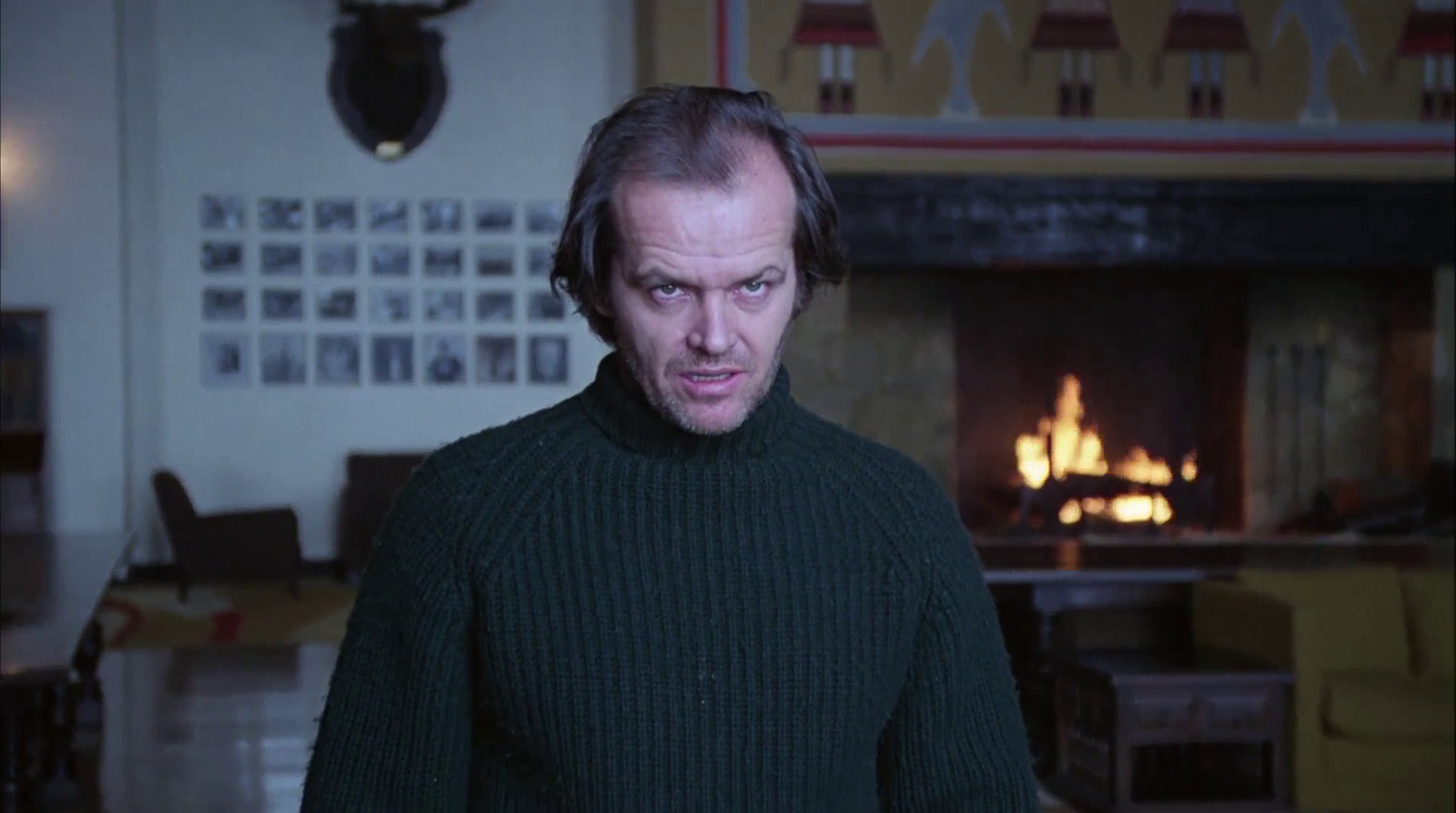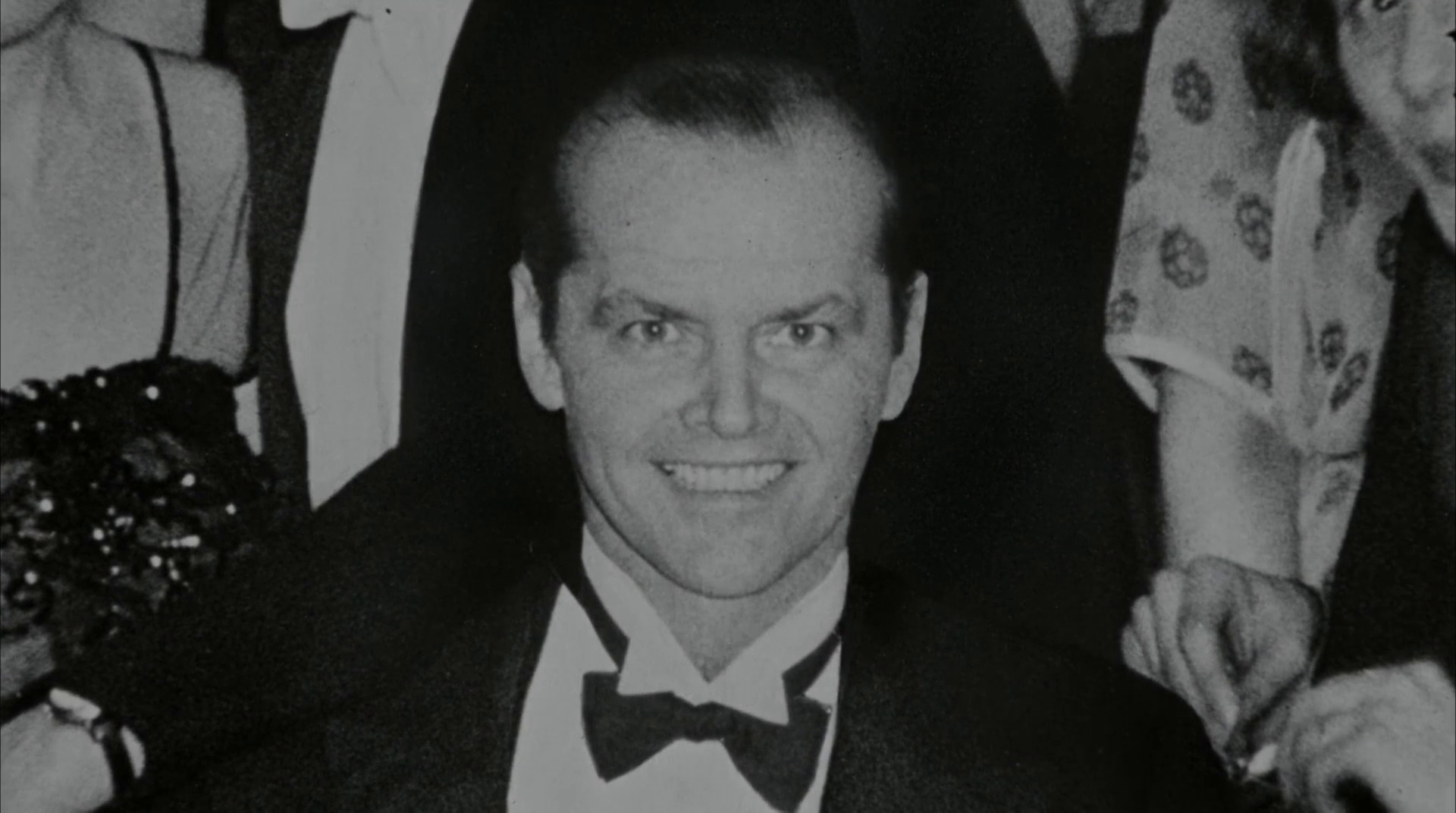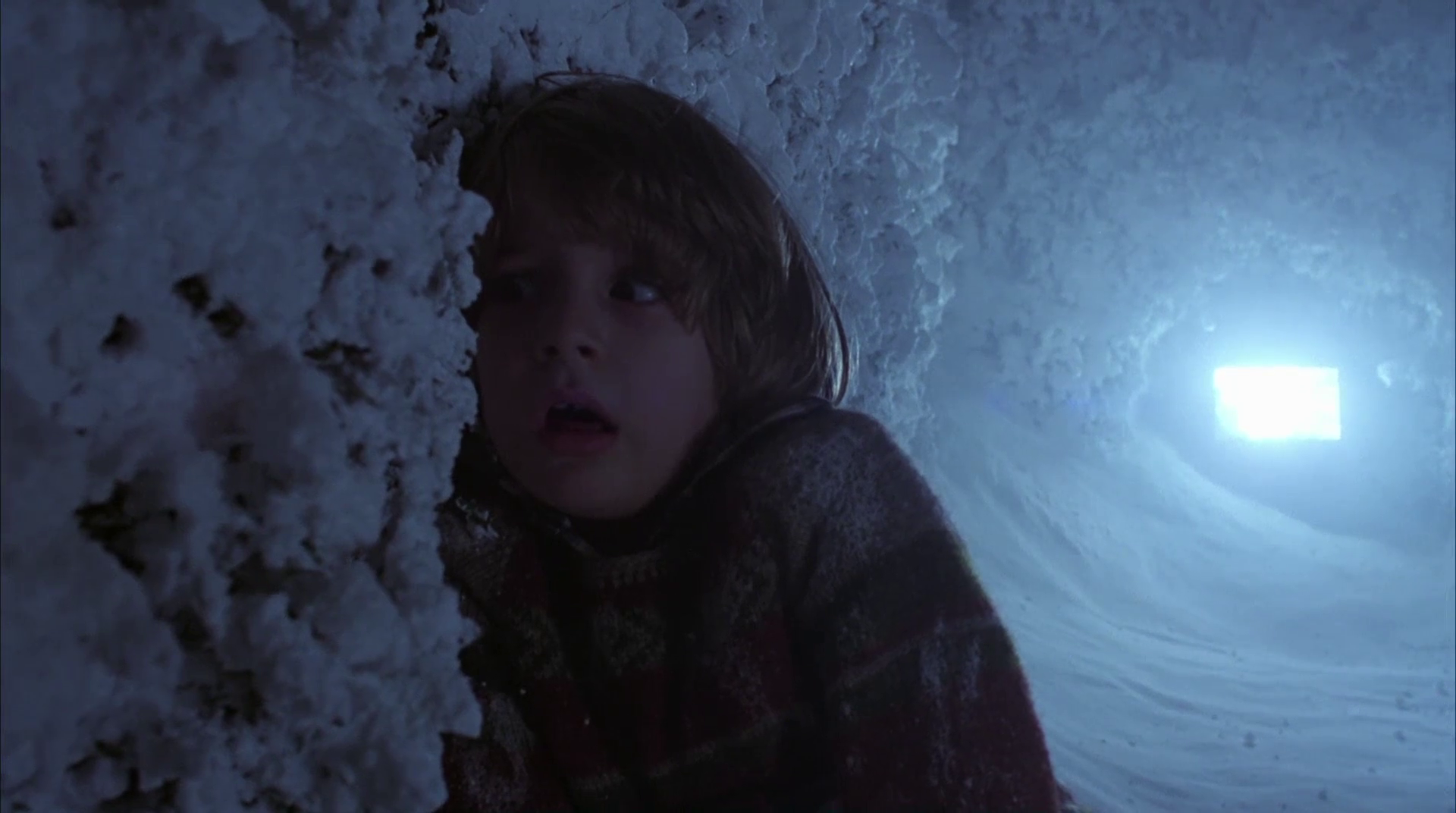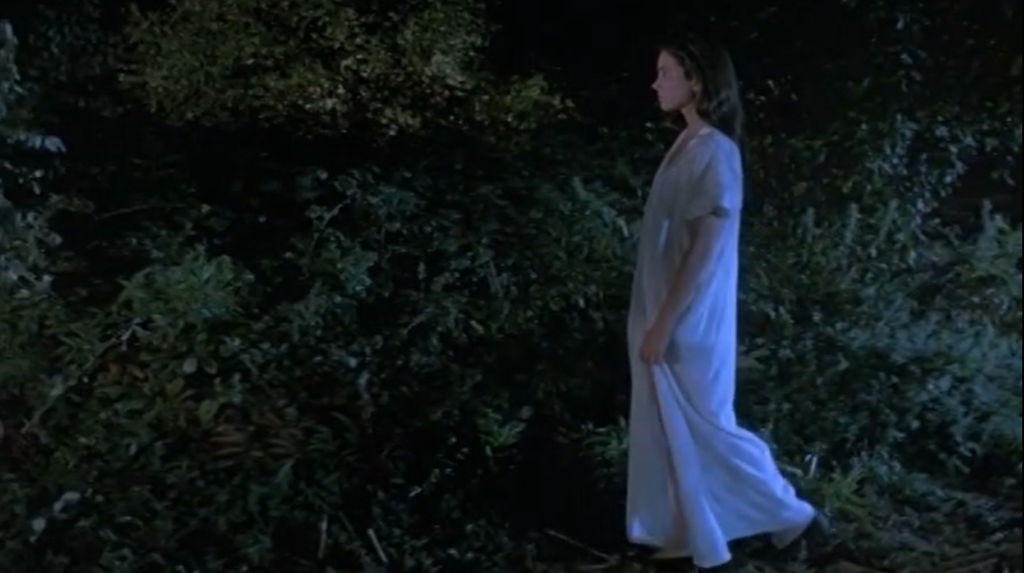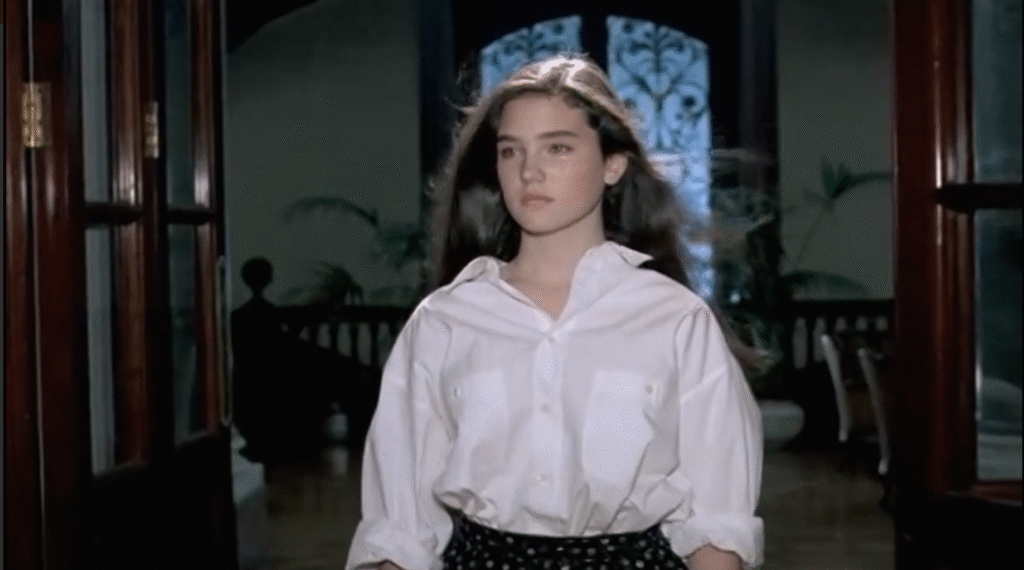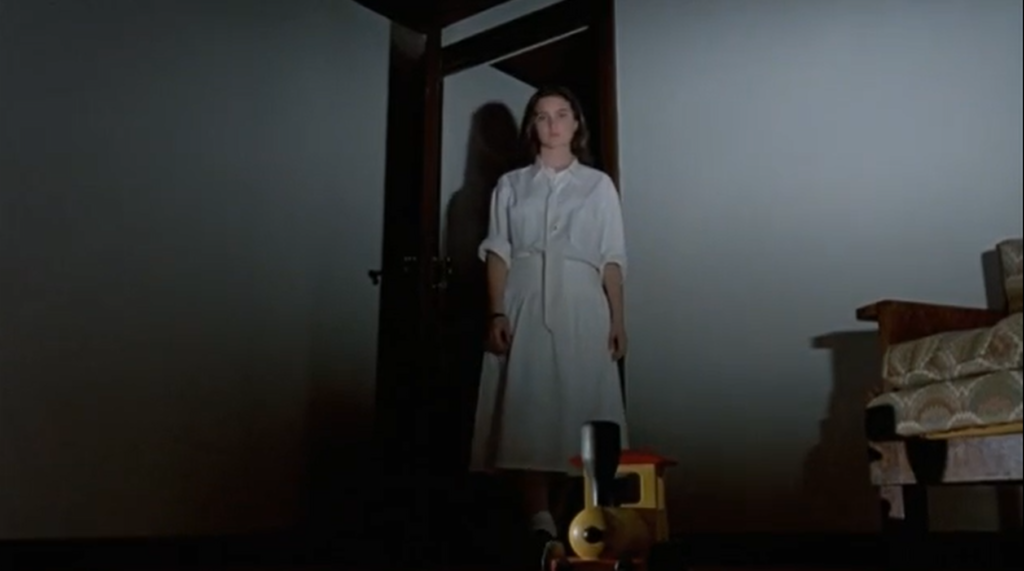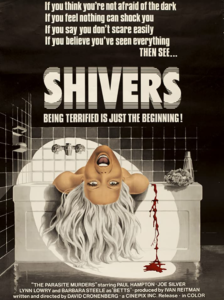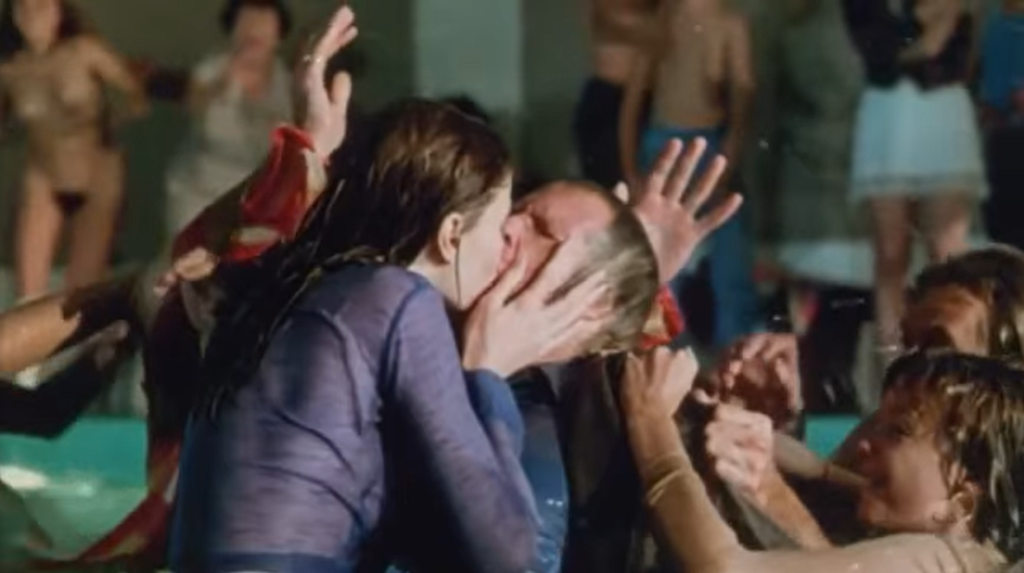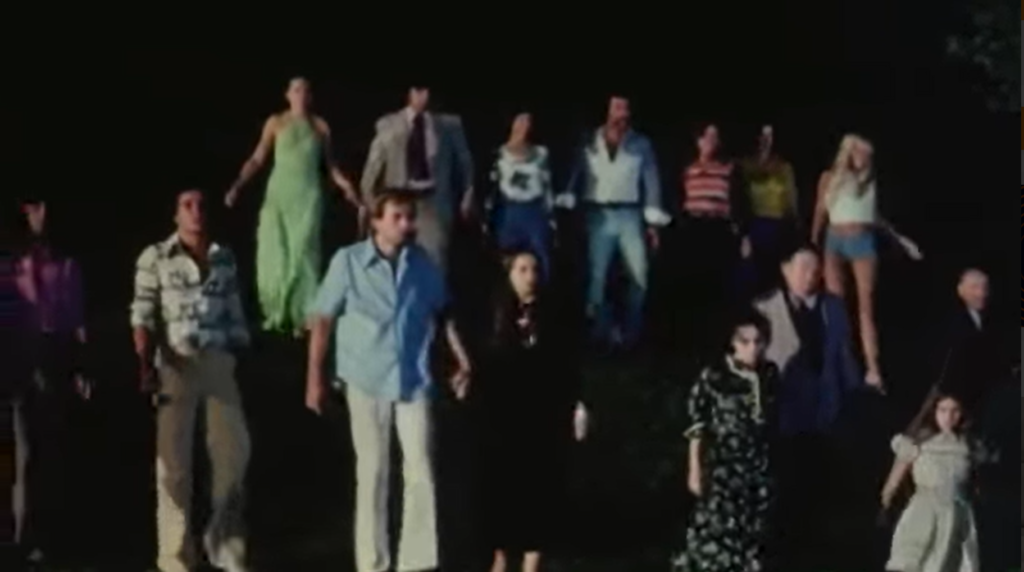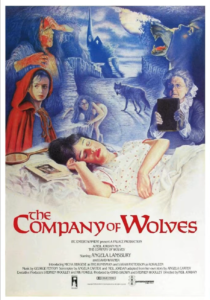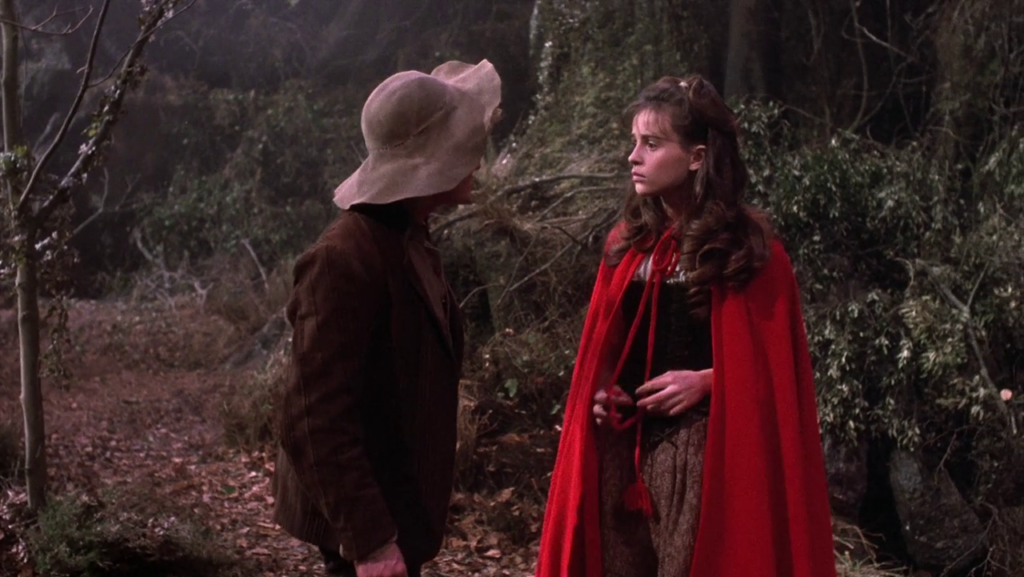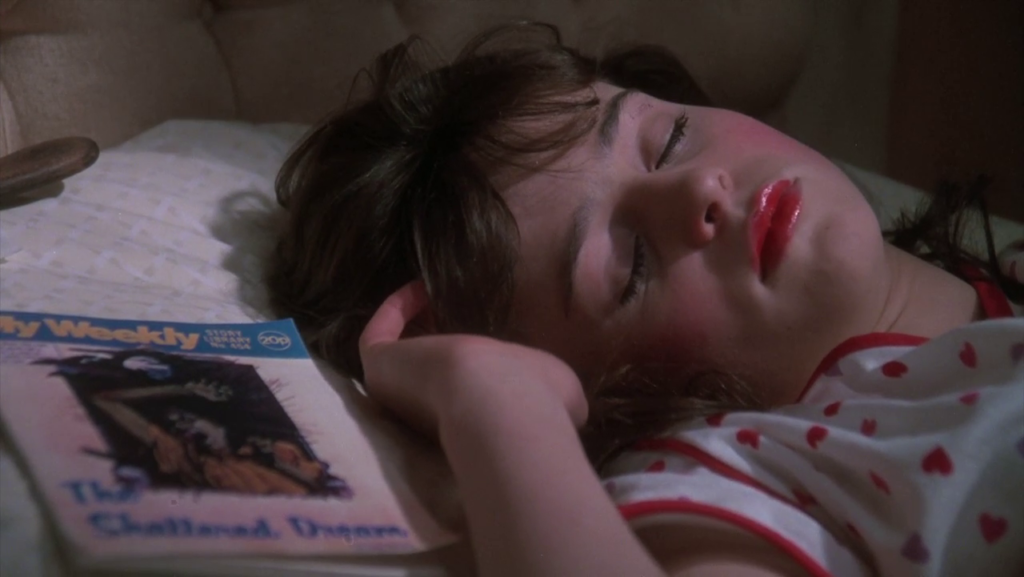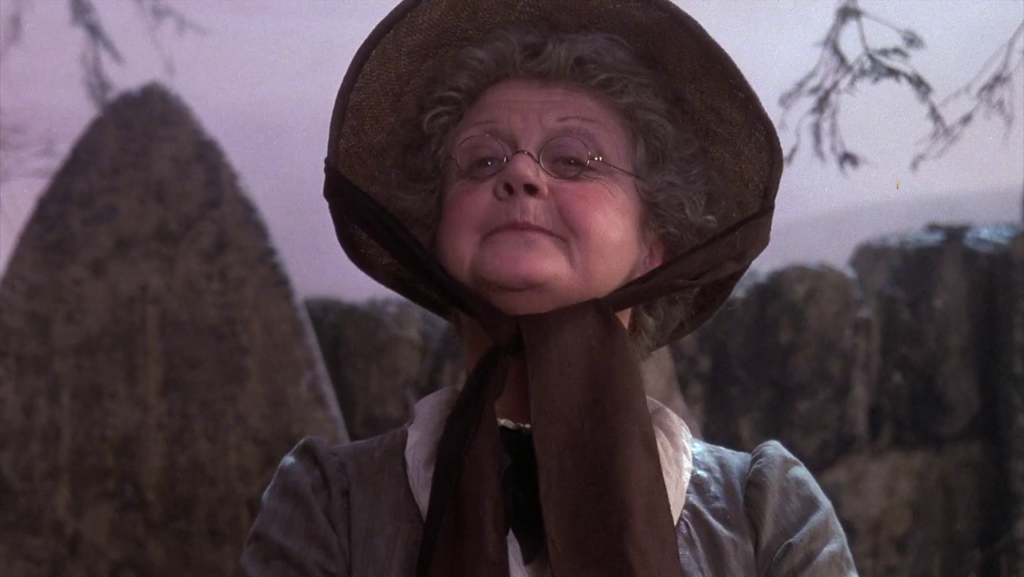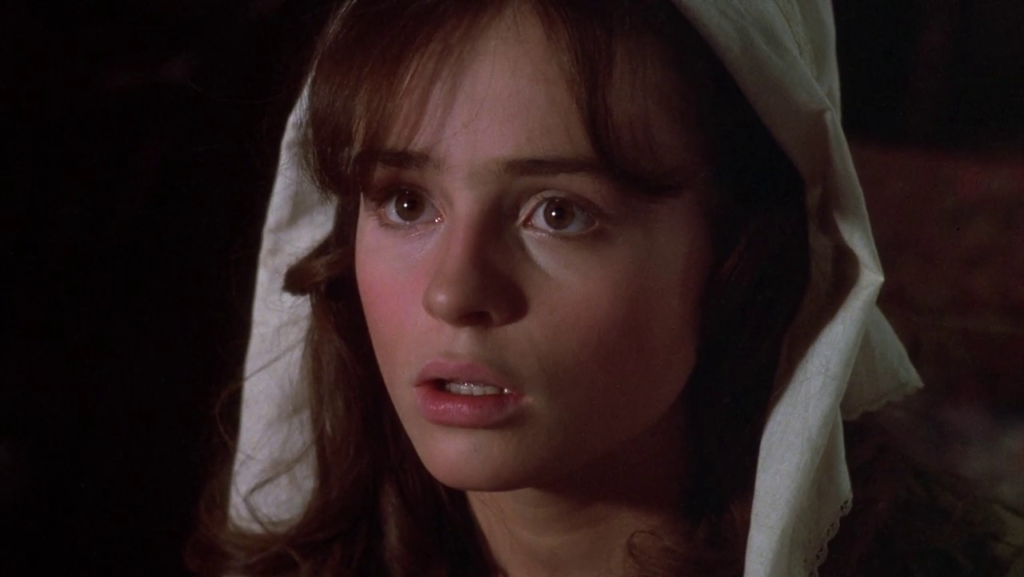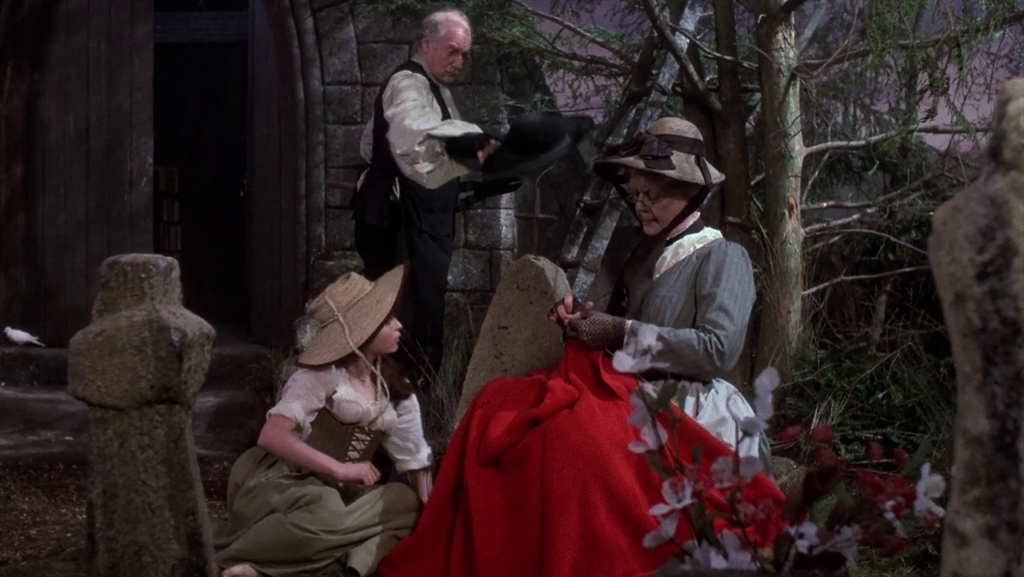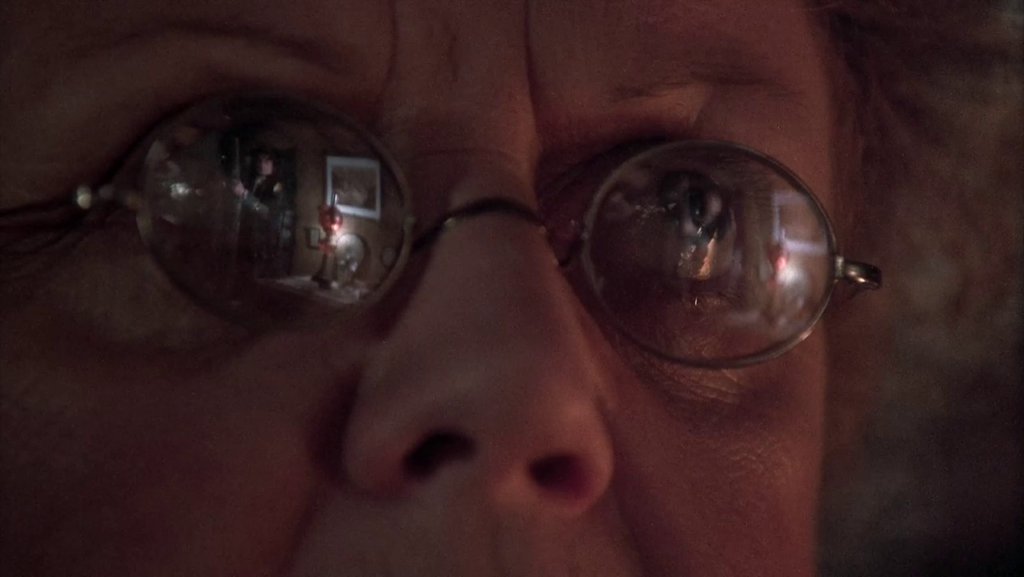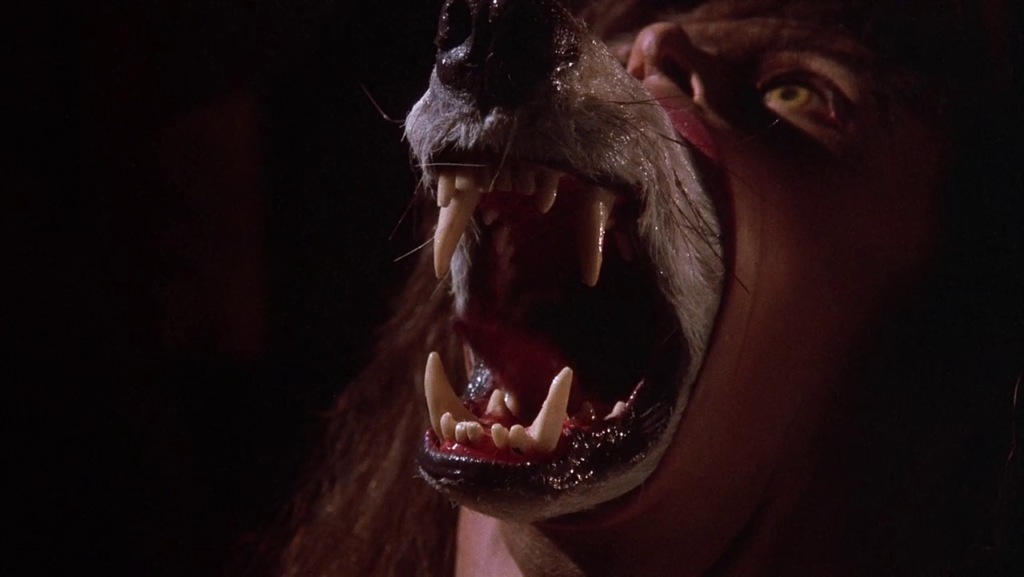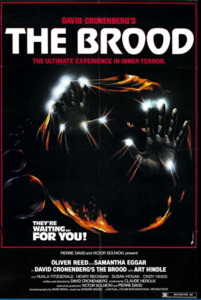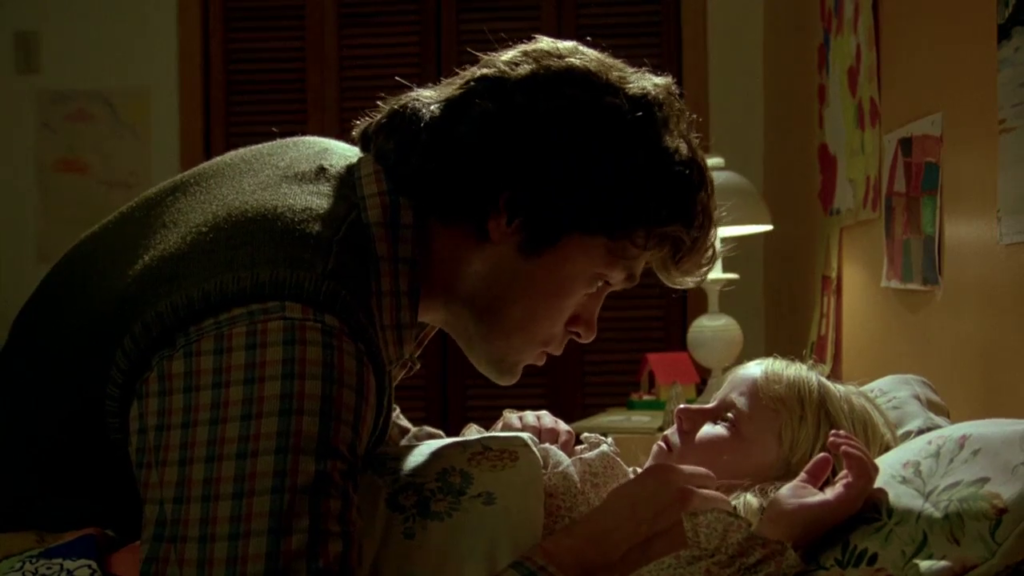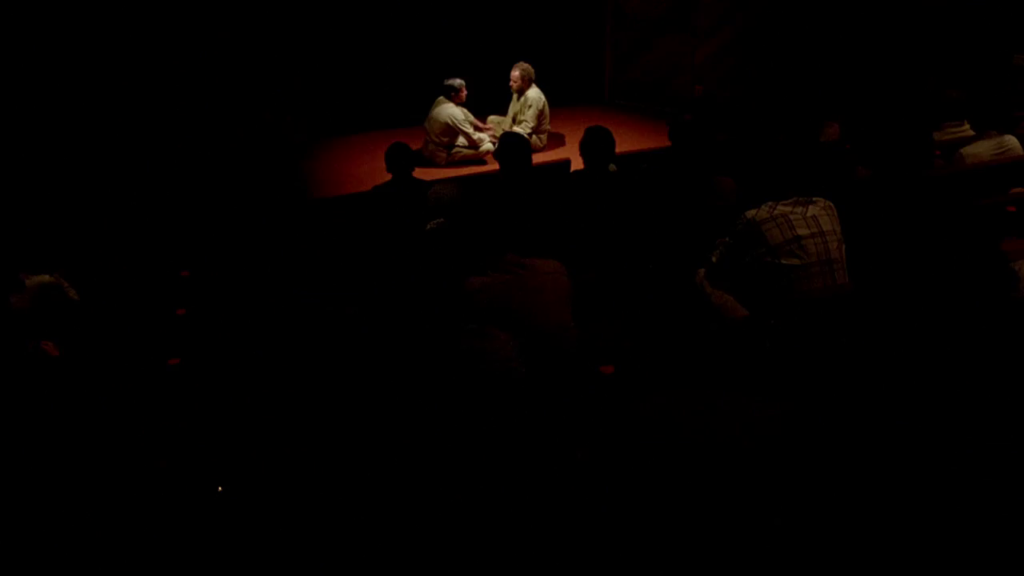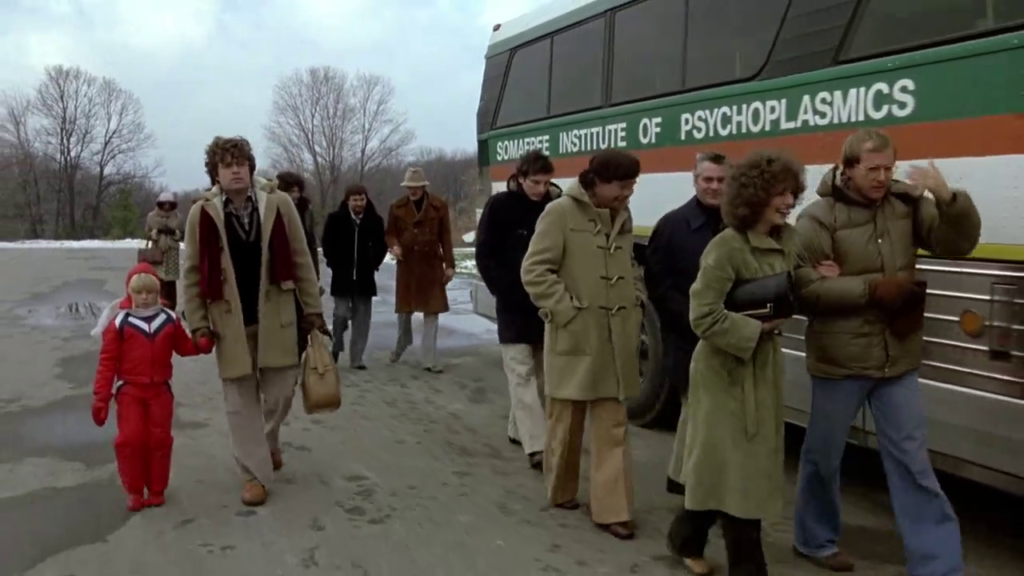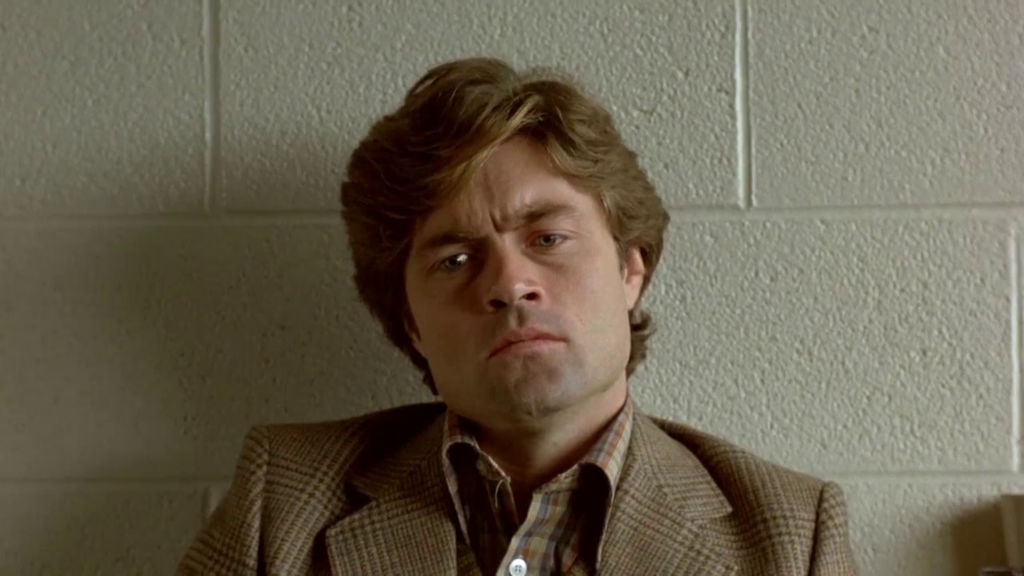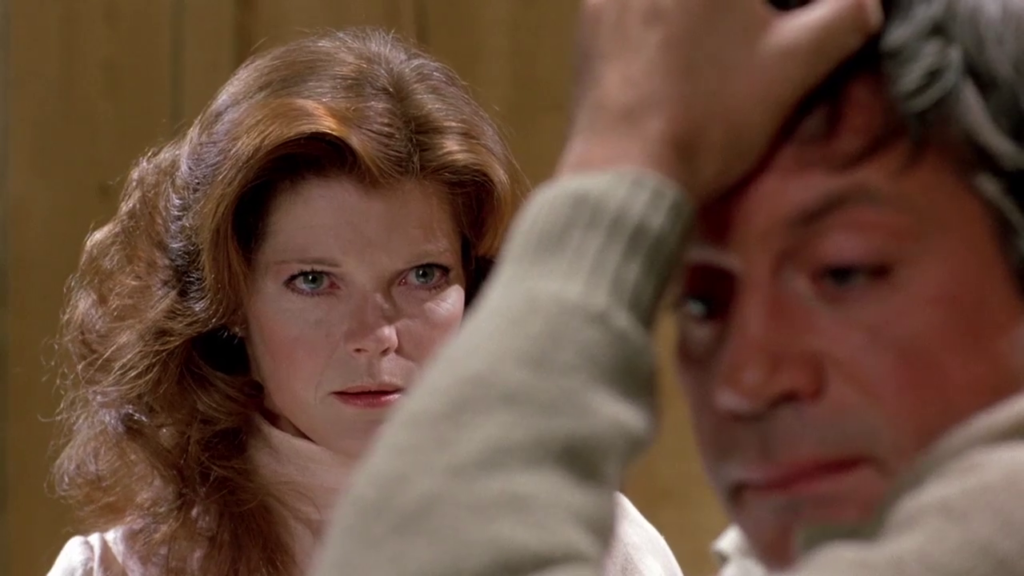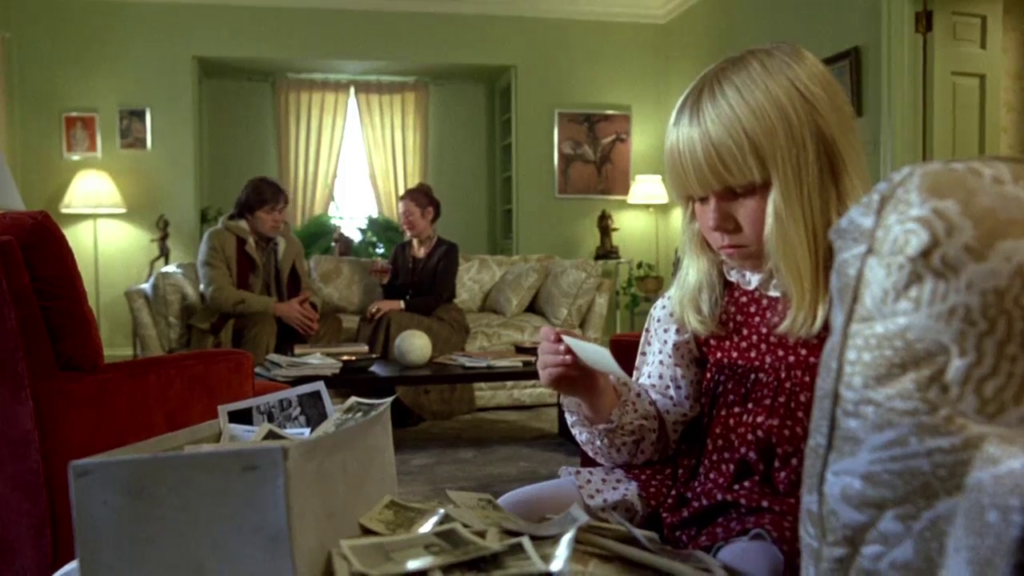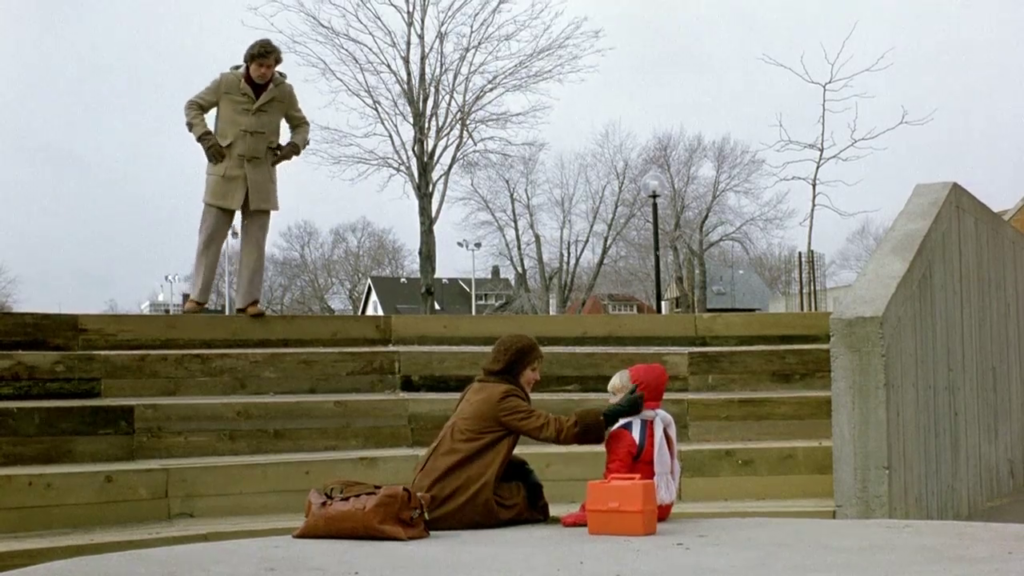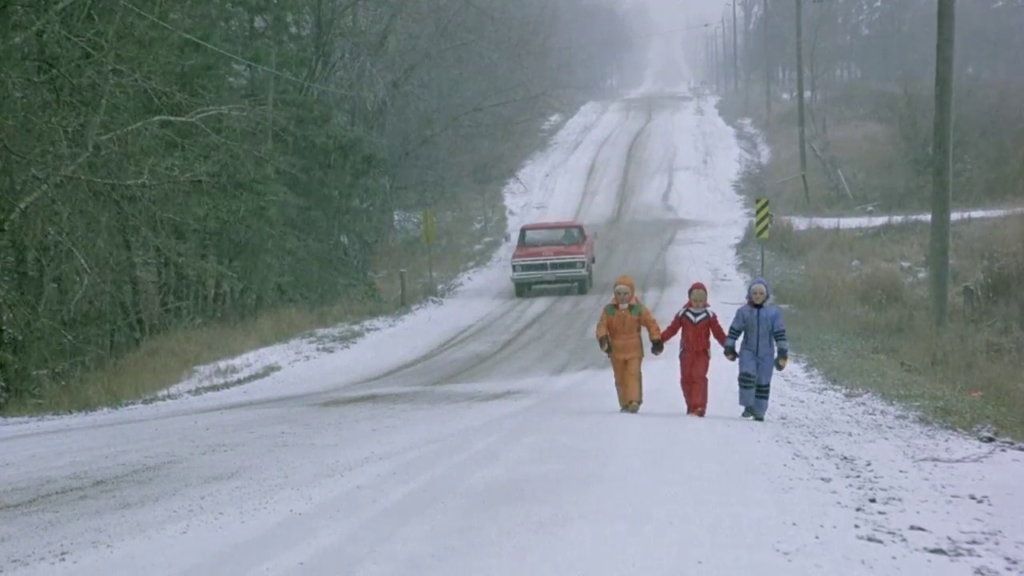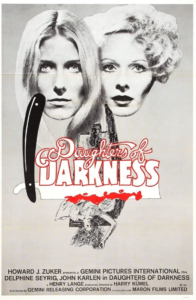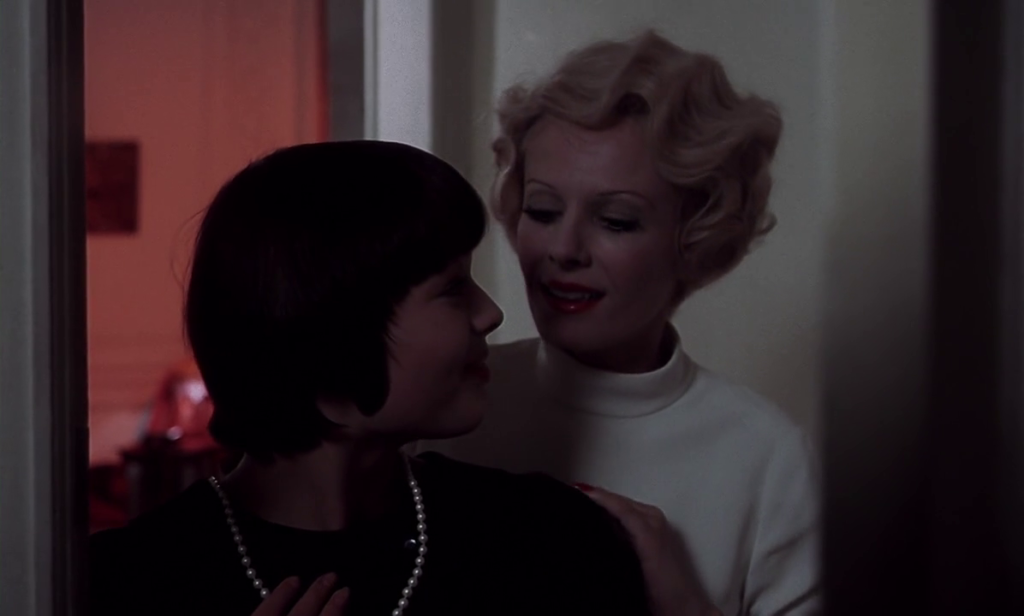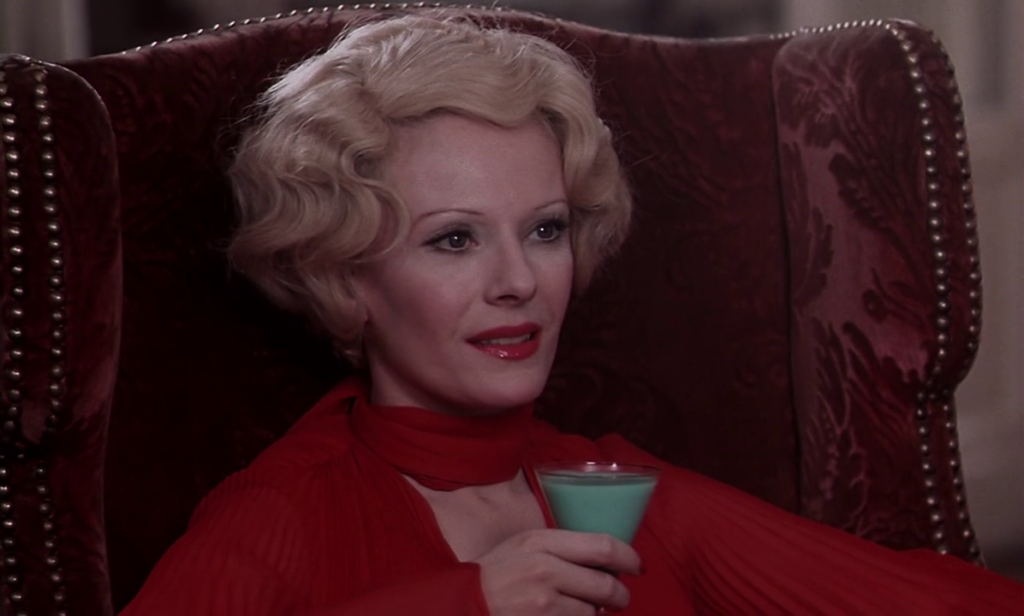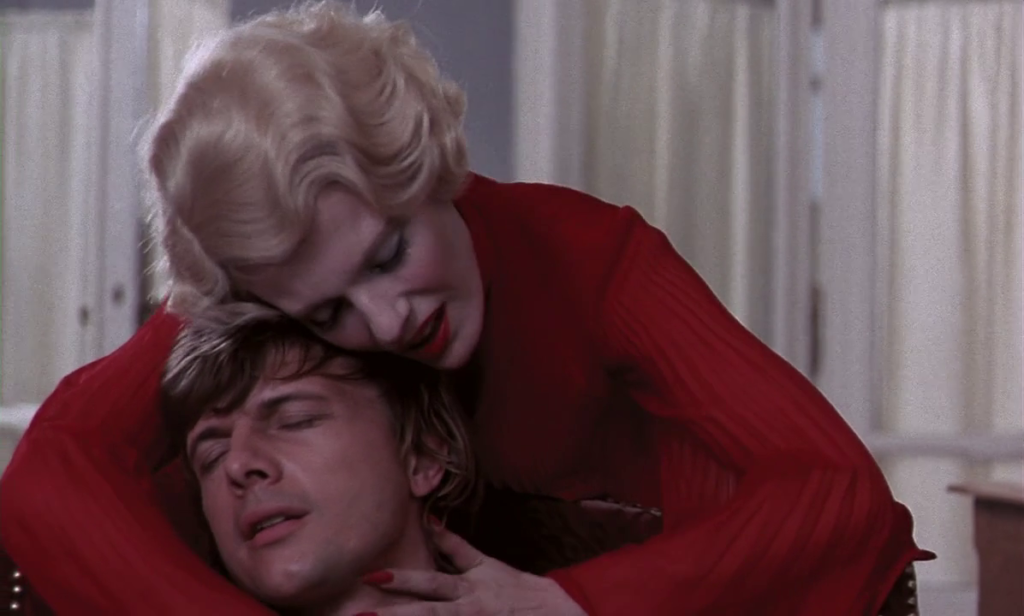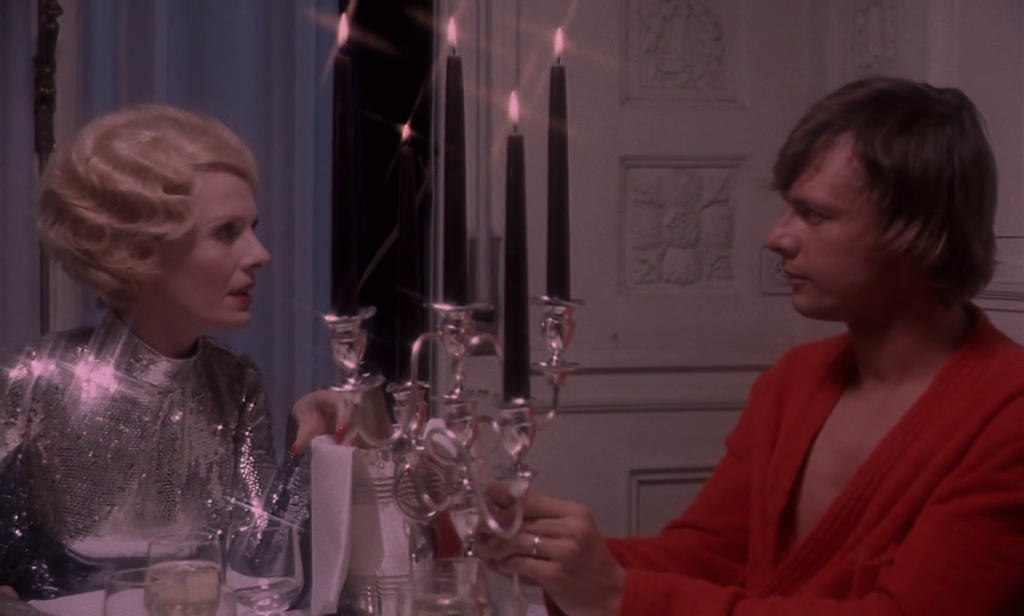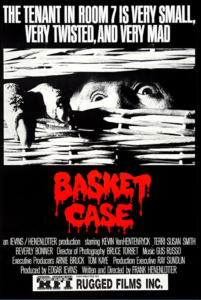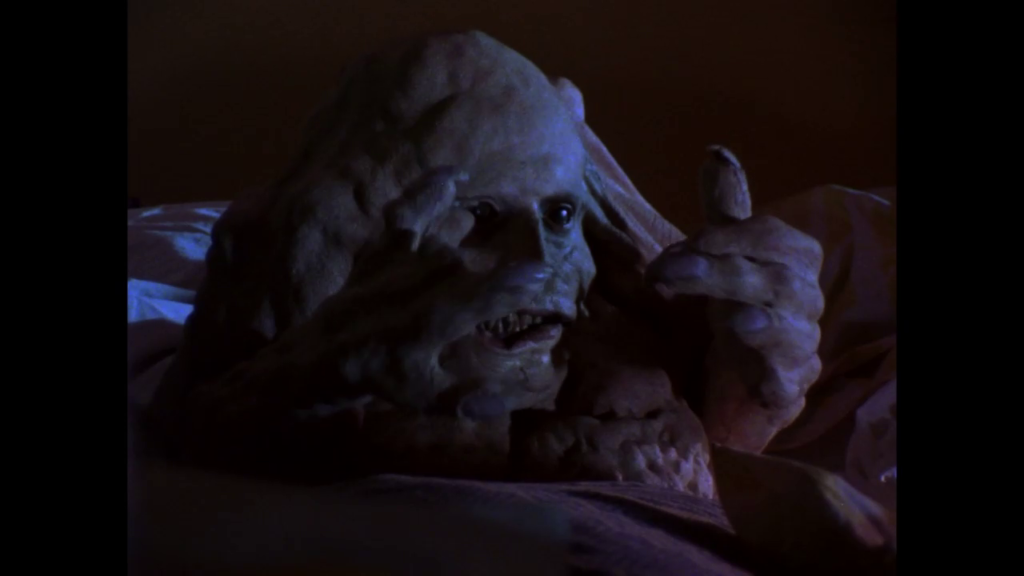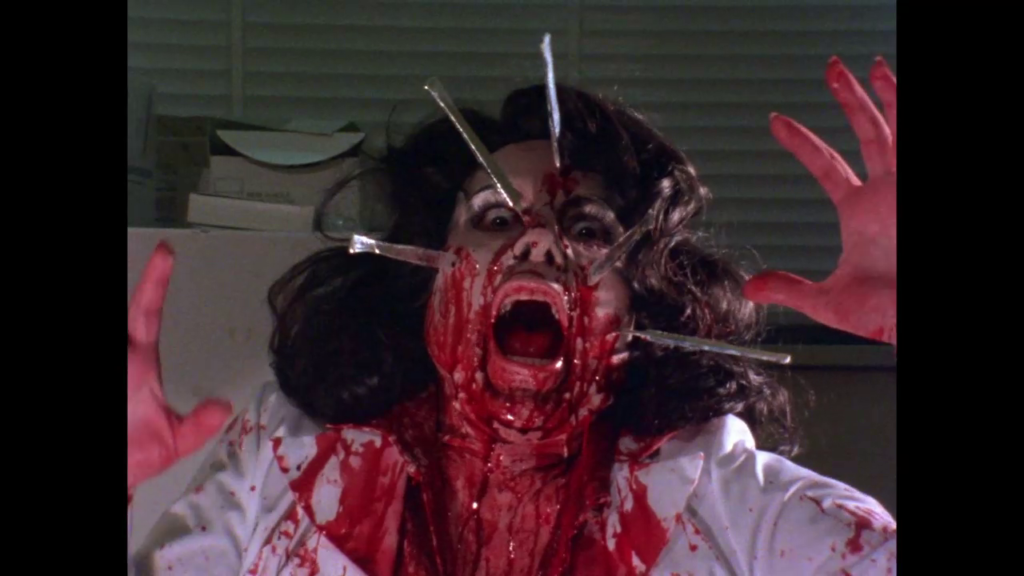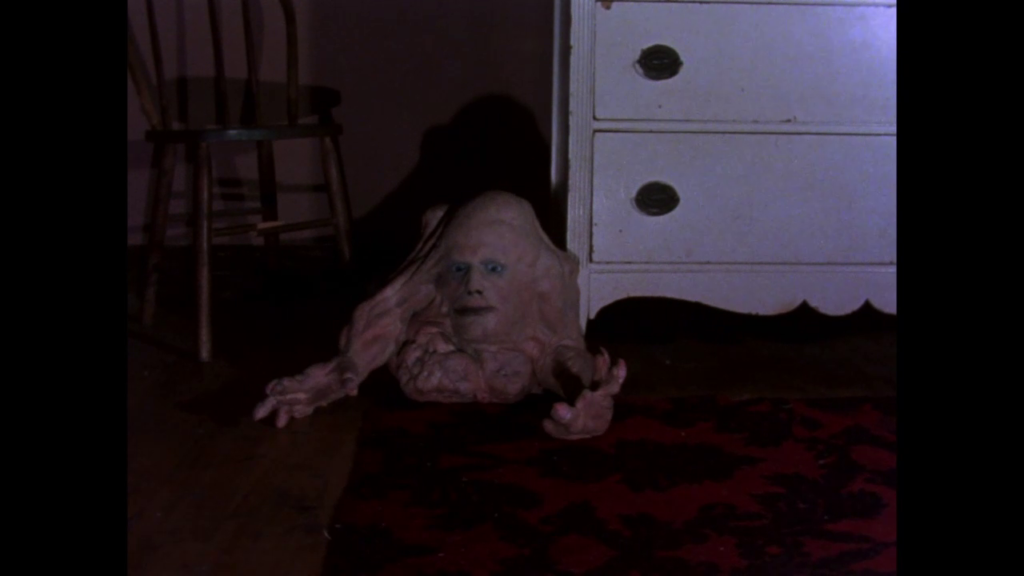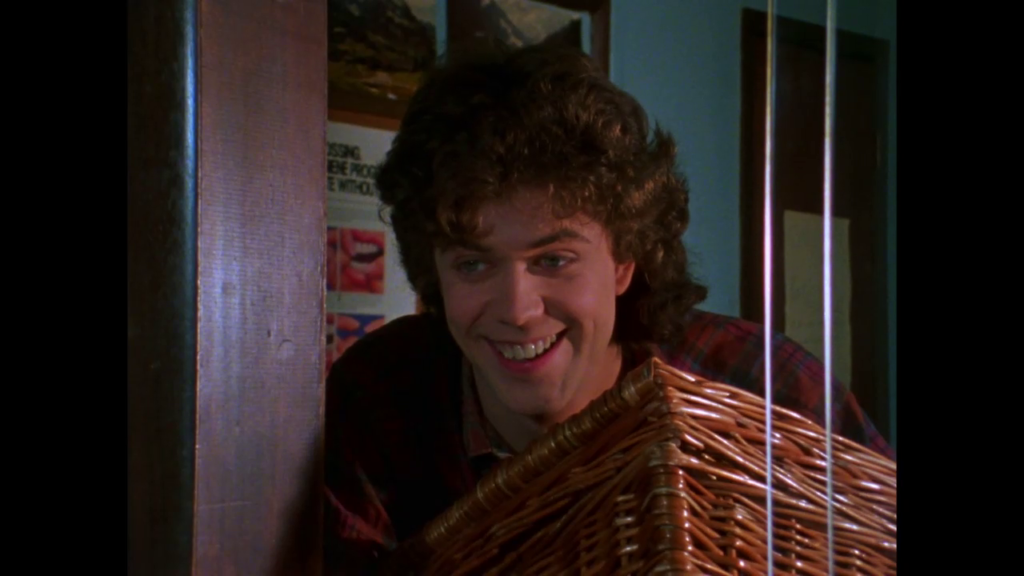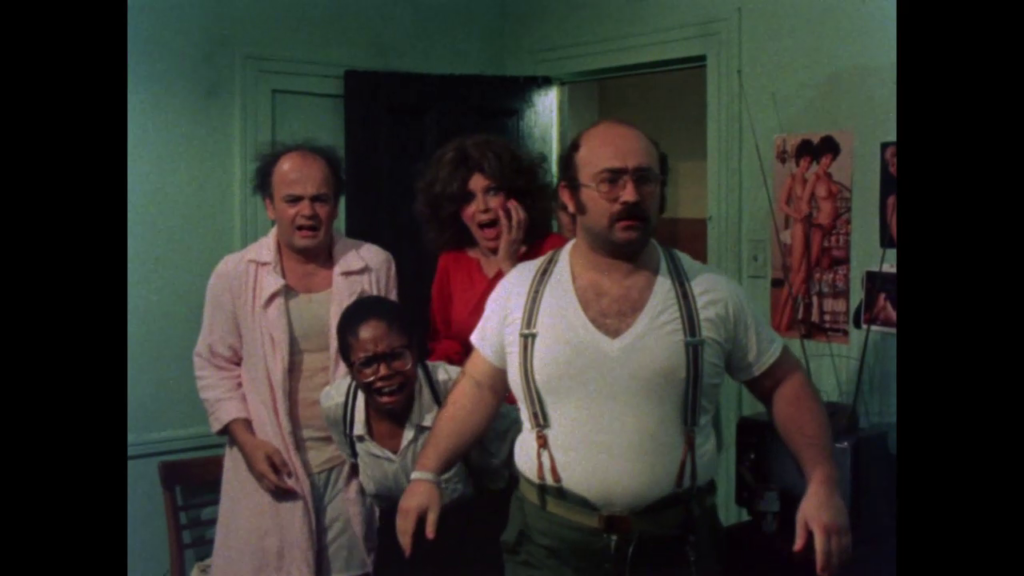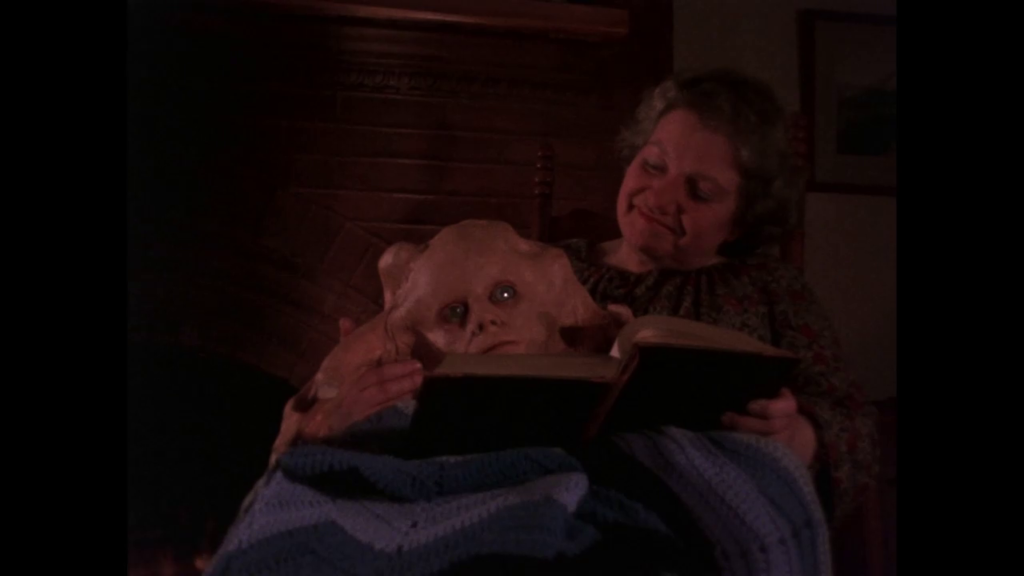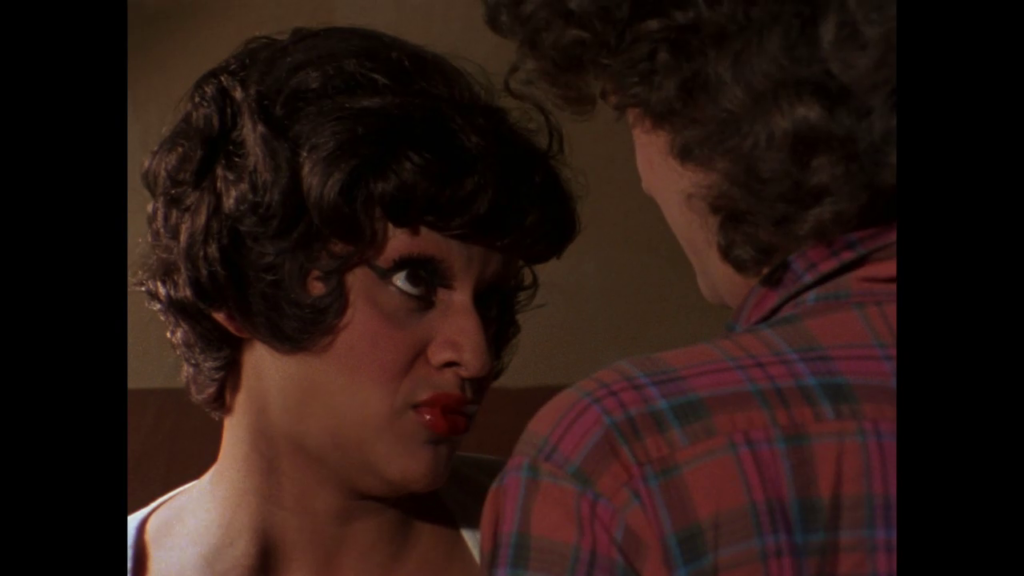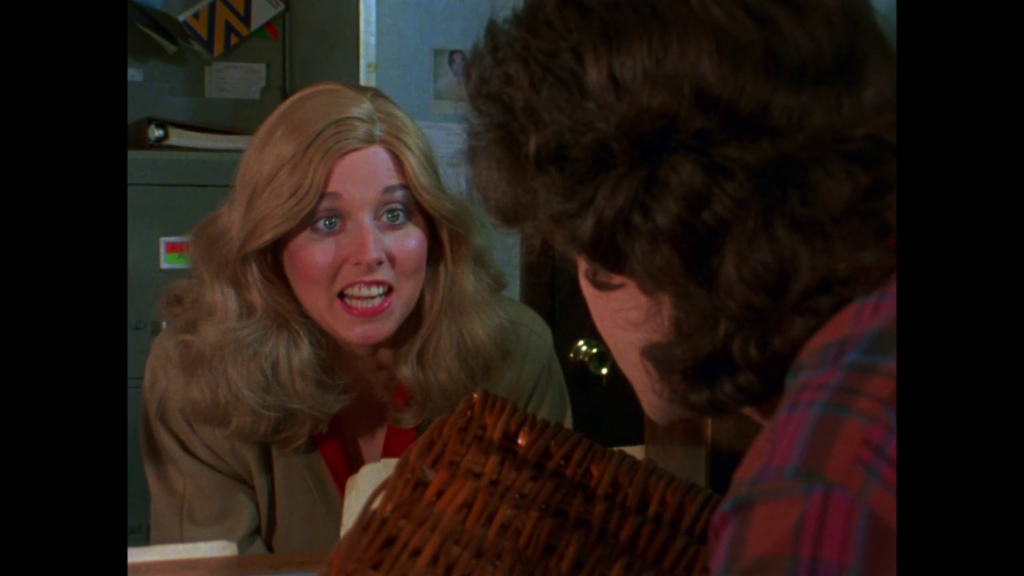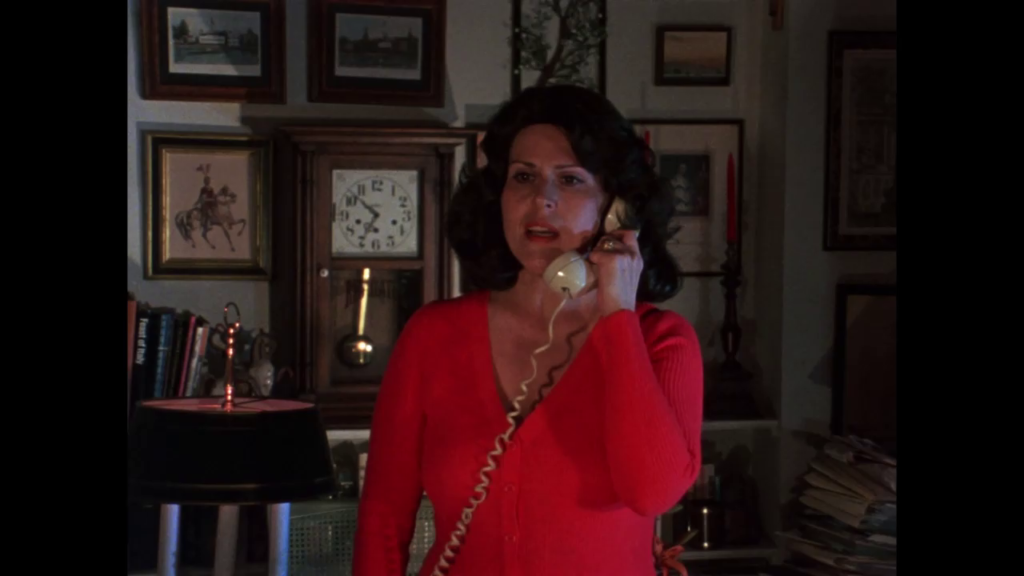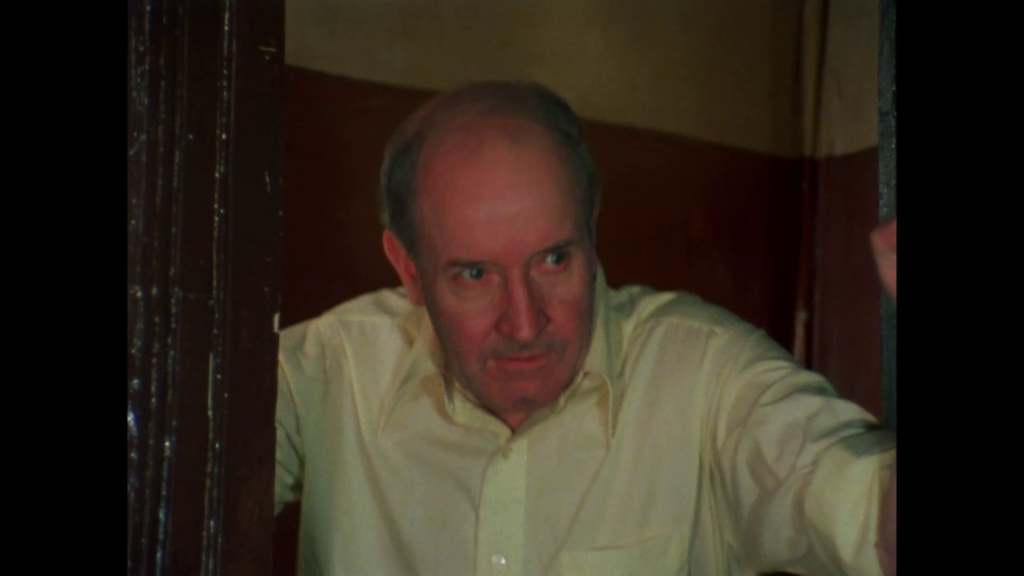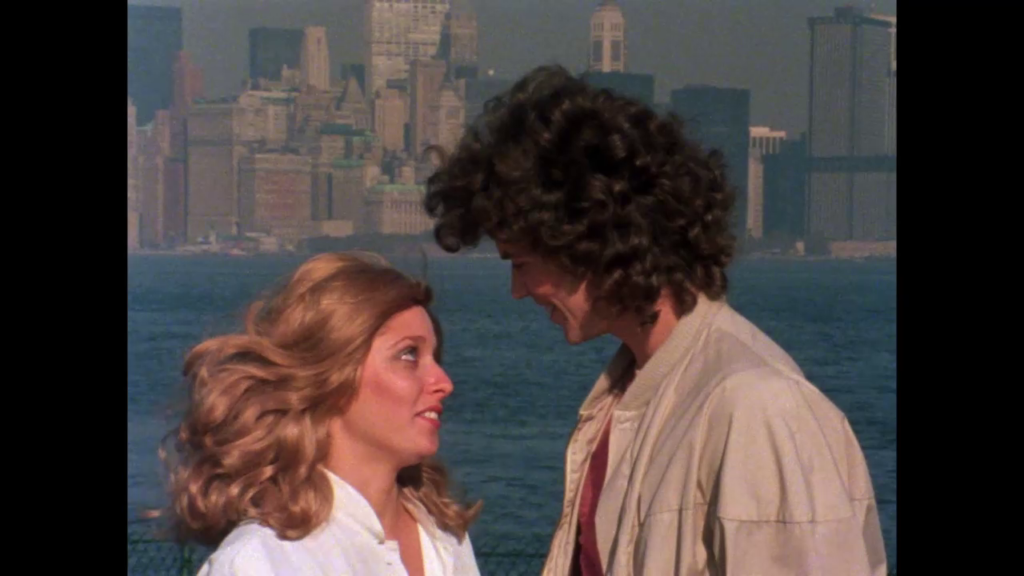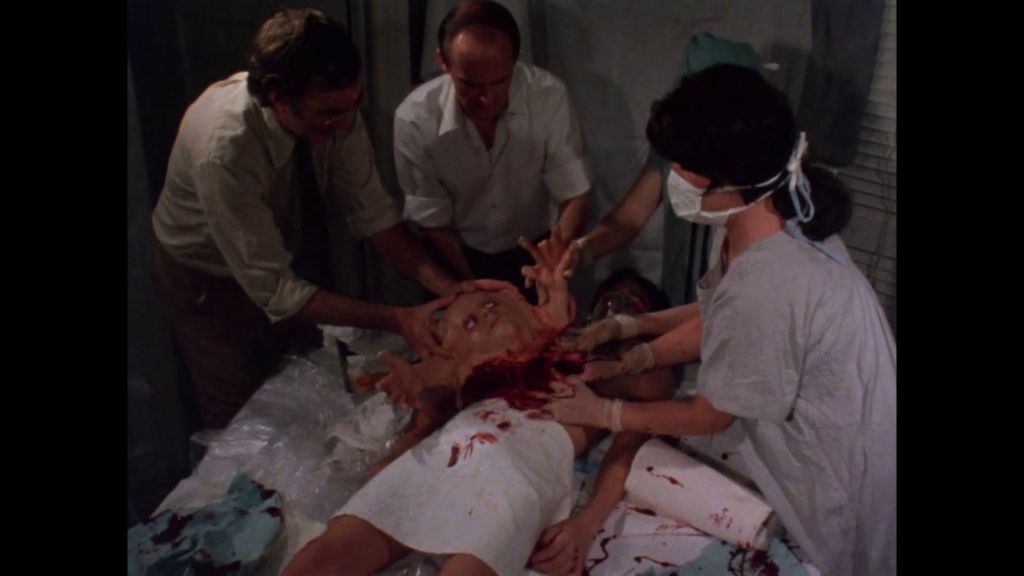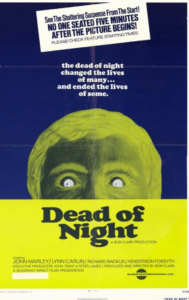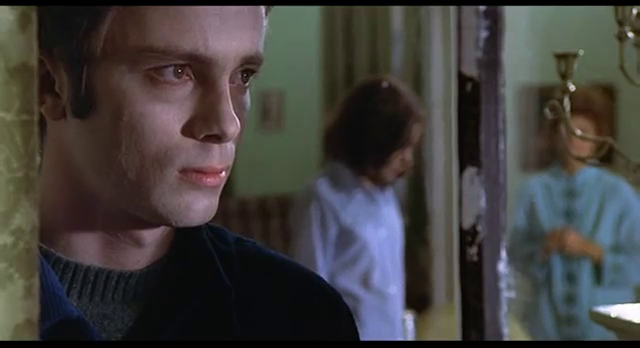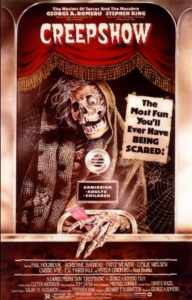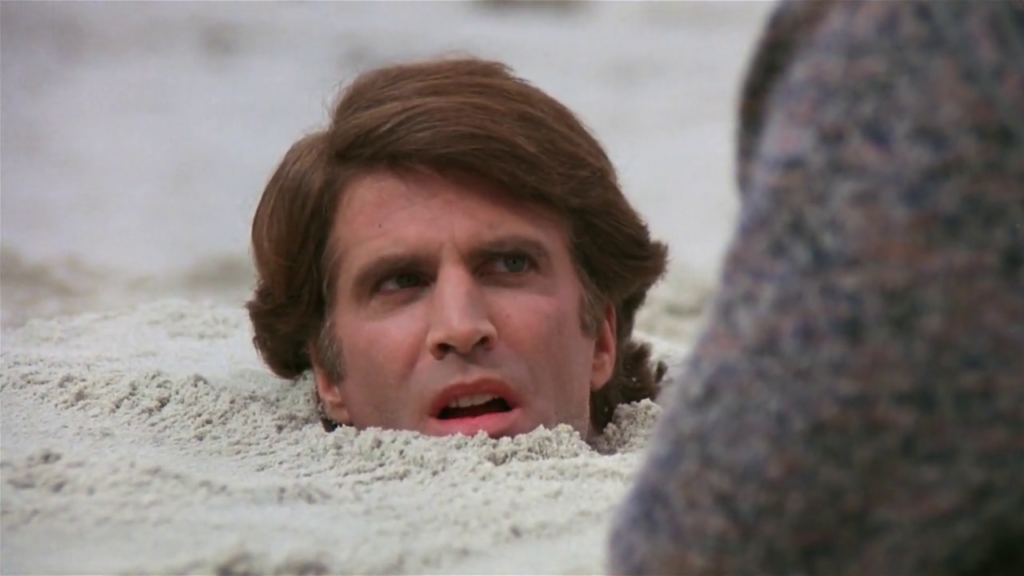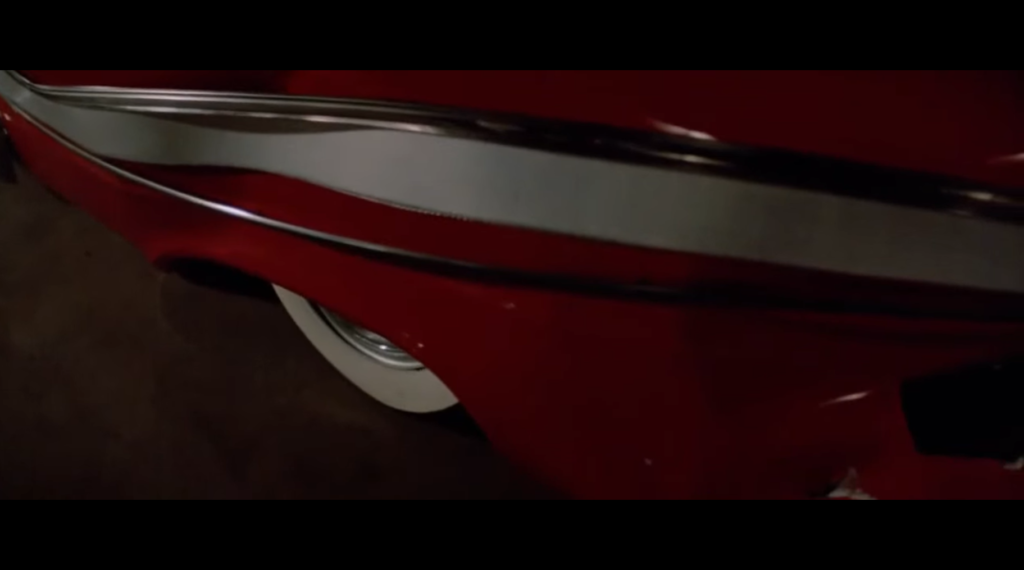Shining, The (1980)
“Some places are like people: some shine, and some don’t.”
|
Synopsis: |
|
Genres, Themes, Actors, and Directors:
Response to Peary’s Review: Peary argues that “for us to fully grasp Danny’s primal fear that his father will turn on him and his mother, it’s important that the father begin the story as a sympathetic, loving father and husband” — though I’m not sure I agree with this assessment. Much to King’s stated chagrin, Kubrick most definitely made this story his own — but within the logic of Kubrick’s interpretation, it makes sense that Lloyd’s fear of his father (who abused him sufficiently to prompt him to stop attending school) would simply intensify upon moving to an isolated house away from the rest of humanity. Peary posits that “Nicholson’s crazed performance begins to wear on one’s nerves, no matter how remarkable it is at times” (I would agree), and that “by [the] picture’s end, one realizes that Duvall has outacted him” (well, she certainly gives a powerhouse performance — perhaps the best of her career!). Peary concedes that “there are scary things in the movie — the appearance of the dead twins: … Duvall reading her husband’s lengthy manuscript and discovering that it’s proof positive he is insane: … Nicholson chasing his son through the outdoor maze with an axe”: — and he writes that “for a while it is both powerful and creepy”. But he believes that “the moment Nicolson talks with the ghost bartender, the picture loses its grip,” and “from then on everything comes across as absurd.” Peary also hates the famous final shot, arguing that it’s “a terrible choice” and illustrates that “neither Kubrick nor his co-writer, Diane Johnson, was familiar enough with horror films to know what were the cliches of the genre.” In the film’s favor, Peary notes that “as do all Kubrick pictures, this one (in which he employed a Steadicam) looks great — better, in fact, than all other horror films”, and that Kubrick’s “familiar mannered, intentionally rapid dialogue (in which everyone uses the other person’s first name repeatedly) does create tension.” Given what a tremendous fan base this film has — an entire documentary, Room 237 (2012), is devoted simply to various potential explanations of underlying themes — it’s impossible to deny its importance in cinematic history. Like Peary, I appreciate much of the craftsmanship on display in The Shining — and unlike Peary, I’m not upset about the numerous significant shifts from King’s novel (which I haven’t read); I believe viewers should watch this film as part of Stanley Kubrick’s oeuvre, rather than as a “King adaptation”. However, I’ll admit to not being a huge personal fan of the film, simply because the pacing seems off (it takes more than half an hour for the family to finally be left alone in the hotel), and Nicholson’s psychopathic character is so utterly unlikable and obnoxious from start to finish that he’s challenging to watch for so long. I do recommend that all film fanatics give Room 237 a look, simply to take a deeper dive into what might possibly be going on in Kubrick’s meticulously planned storyline (is the shift in typewriter color an accident of continuity, or intentional? what is the significance of Danny’s Apollo USA sweater?). Agree or disagree with the views espoused, you’ll surely begin to understand the depth to which many people obsess over this movie. Redeeming Qualities and Moments:
Must See? Categories
(Listed in 1001 Movies You Must See Before You Die) Links: |
